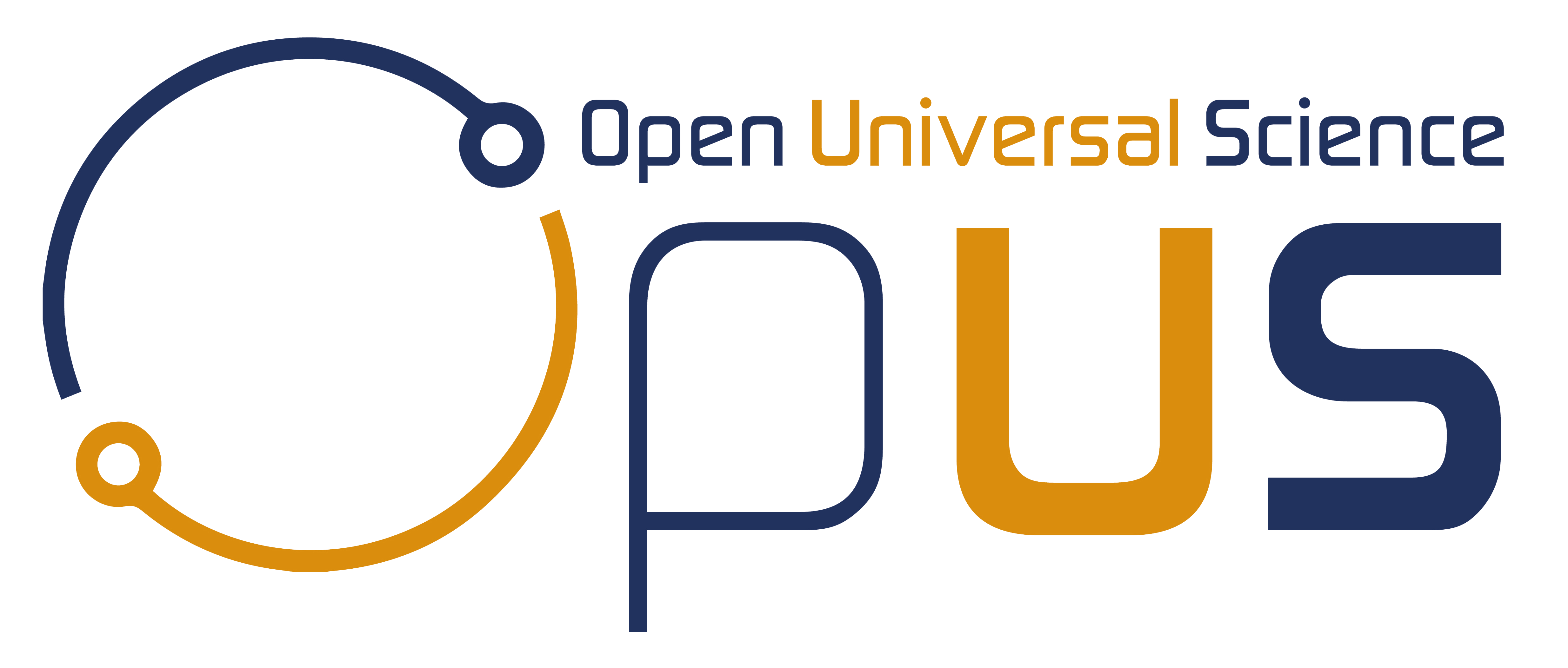
The Real Cost of Publishing Without Open Access in the World of Open Science
The Real Cost of Publishing Without Open Access in the World of Open Science https://opusproject.eu/wp-content/uploads/2023/11/post-estimate-actual-1024x536.jpeg 1024 536 Open and Universal Science (OPUS) Project Open and Universal Science (OPUS) Project https://opusproject.eu/wp-content/uploads/2023/11/post-estimate-actual-1024x536.jpegIn the vast realm of scientific research, the traditional way of publishing often comes with a hidden price tag. While the spirit of Open Science encourages sharing and collaboration, understanding the actual costs of publishing without open access is essential. Let’s take a stroll through the pages of traditional publishing and unveil the financial aspects that often stay behind closed doors.
The Traditional Publishing Journey:
In the days of yore, researchers would conduct experiments, uncover mysteries, and eagerly draft their findings into scientific papers. These papers found homes in academic journals, but there was a catch. These journals would lock away this knowledge behind paywalls, and anyone wanting to read them would need to open their wallets.
Unwrapping the Costs:
- Subscription Fees: Imagine wanting to read your favorite book, but the library asks you to pay every time you open it. That’s a bit like how traditional publishing works. Institutions, like universities and libraries, pay hefty subscription fees to access these journals. This cost burden often falls on academic institutions, limiting access to those with deep pockets.
- Individual Purchases: If you’re not part of an institution with a fat wallet, you might have to buy access to individual papers. This pay-per-view system means researchers or curious minds must shell out money for each article they want to read. It’s like paying for each chapter of a book separately.
- Limited Accessibility: Traditional publishing builds walls around knowledge, restricting access to those who can afford it. This exclusivity hampers the principle of Open Science, which strives for openness and sharing.
The Hidden Costs:
- Restricted Collaboration: Imagine if superheroes worked in isolation instead of forming epic teams like the Avengers. Traditional publishing’s pay-to-read model limits collaboration, hindering the sharing of ideas and slowing down the pace of scientific progress.
- Inequality in Knowledge Sharing: Knowledge is power, but what if only a few have access to it? Traditional publishing creates a gap, where those without financial resources miss out on valuable insights. This inequality goes against the inclusive spirit of Open Science.
Embracing Open Science for a More Inclusive Tomorrow
The traditional route of publishing without open access carries a significant financial weight, making knowledge a commodity rather than a shared resource. As Open Science gains momentum, understanding the true cost of traditional publishing is crucial. It’s not just about money; it’s about breaking down barriers, fostering collaboration, and making sure that the magic of scientific discovery is accessible to all. So, as we venture forward, let’s keep our eyes on the horizon of Open Science, where knowledge knows no bounds.
Photo via eBility
- Posted In:
- Open Science News




